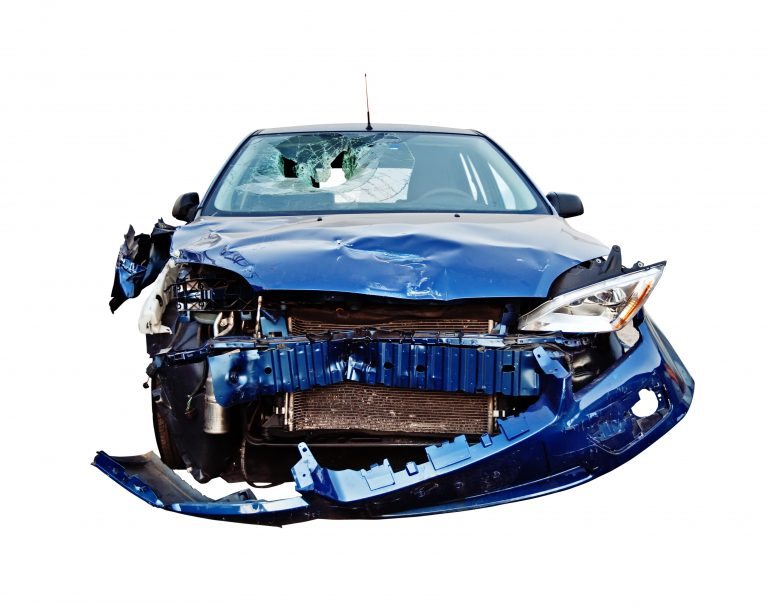In the automotive industry, many terms and abbreviations might seem confusing to the average person. One of these terms is R&I in Automotive Understanding R&I is crucial for anyone dealing with car repairs, whether you are a car owner, a mechanic, or someone interested in automotive maintenance.
What is R&I?
Definition of R&I
R&I stands for Remove and Install. It refers to the process of removing a part from a vehicle and then reinstalling it, either the same part or a new one. This process is common in many types of repairs, including bodywork, mechanical fixes, and routine maintenance.
When is R&I Used?
R&I is used in various situations, such as when a part needs to be repaired, replaced, or simply removed temporarily to access another component. For instance, if a mechanic needs to repair a damaged car door, they might remove (R) the door to work on it more effectively and then reinstall (I) it once the repair is complete.
Importance of R&I in Automotive Repairs
Precision and Care
R&I processes require precision and care. Removing and installing parts must be done correctly to avoid causing further damage. This careful approach ensures that all components function correctly after the work is completed.
Saves Time and Effort
Knowing how to efficiently remove and install parts saves time and effort during repairs. Instead of working around parts, mechanics can take them off, perform the necessary repairs, and then reinstall them, making the process smoother and more efficient.
Common R&I Procedures
Bodywork Repairs
In bodywork repairs, R&I is essential. When repairing or replacing panels, bumpers, or doors, mechanics must often remove the damaged parts. Once the work is done, they reinstall these parts, ensuring everything fits and functions as it should.
Mechanical Fixes
Mechanical repairs also frequently involve R&I. For example, when replacing a timing belt, mechanics might need to remove various engine components to access the belt. After replacing the belt, they reinstall all the parts, ensuring the engine runs smoothly.
Routine Maintenance
Even routine maintenance tasks can involve R&I. Changing a car’s air filter might require removing parts of the intake system. Similarly, replacing a battery might involve removing brackets and covers before installing the new battery.
Tools and Techniques for R&I
Essential Tools
Mechanics use various tools for R&I tasks, including wrenches, screwdrivers, pliers, and specialised tools like panel removal tools. These tools help remove parts without causing damage, making the reinstallation process easier.
Techniques
Proper techniques are crucial for successful R&I. Mechanics often follow manufacturer guidelines and use service manuals to ensure they are removing and installing parts correctly. This adherence to proper procedures helps maintain the integrity and safety of the vehicle.
Challenges in R&I
Avoiding Damage
One of the main challenges in R&I is avoiding damage to parts during removal and installation. Using the wrong tools or techniques can lead to broken clips, scratched surfaces, or damaged components, which can complicate the repair process.
Ensuring Proper Fit
Another challenge is ensuring that all parts fit correctly after reinstallation. Misaligned parts can cause issues such as water leaks, wind noise, or mechanical problems. Mechanics must take care to align and secure all parts properly.
Benefits of Professional R&I Services
Expertise and Experience
Professional mechanics have the expertise and experience needed to perform R&I tasks efficiently and correctly. Their knowledge ensures that parts are removed and installed without causing damage, and they can handle any unexpected issues that arise.
Quality Assurance
Using professional R&I services ensures quality repairs. Mechanics follow industry standards and manufacturer guidelines, providing peace of mind that the vehicle is in good hands. This quality assurance helps maintain the vehicle’s performance and safety.
Conclusion
Understanding R&I in the automotive context is essential for anyone involved in car repairs or maintenance. Remove and Install processes are fundamental to many types of repairs, from bodywork to mechanical fixes and routine maintenance. By knowing what R&I entails and why it’s important, car owners can appreciate the care and precision required in automotive repairs. Whether doing DIY repairs or seeking professional help, understanding R&I can make a significant difference in the outcome of the work.
For expert automotive services, including precise R&I procedures, visit Dr. Ralph’s Automotive Services Center. Our experienced professionals ensure your vehicle receives the best care, helping you maintain its performance and safety. Trust Dr. Ralph’s Automotive Services Center for all your automotive repair needs!







Leave a comment
Your email address will not be published. Required fields are marked *